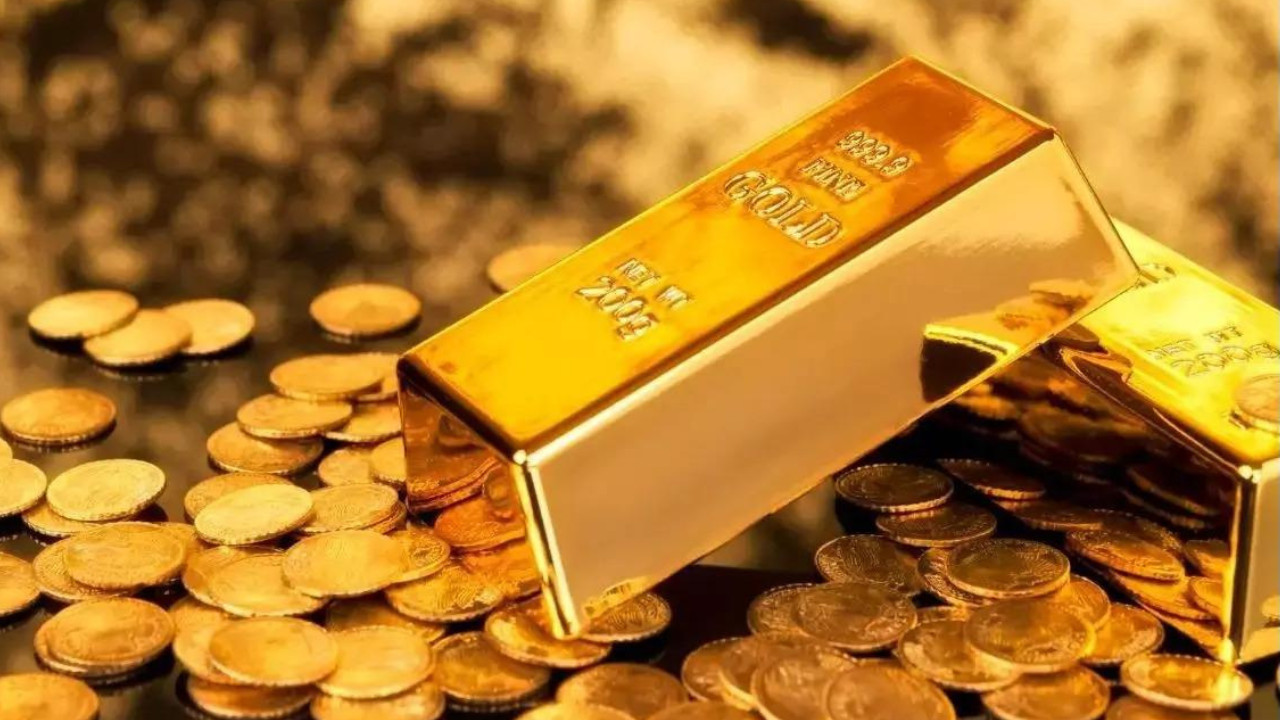Gold prices in the national capital have fallen for the fourth consecutive day, dropping by Rs 500 to Rs 98,020 per 10 grams, influenced by a US-EU trade deal that reduced safe-haven demand. Silver also saw a sharp decline, falling by Rs 1,000 to Rs 1,13,000 per kilogram.
Gold Price Rollercoaster: What’s Driving the Dip?
Remember when gold felt like the only safe harbor in a stormy economic sea? Well, things are looking a bit different now. The shiny metal has experienced a noticeable dip, leaving investors wondering what’s behind this change of fortune. In Delhi, the price of gold tumbled by ₹500, settling at ₹98,020 per 10 grams. Silver followed suit, shedding ₹1,000 amidst whispers of easing tariff tensions. So, what’s causing this shift in the gold market? Let’s dig in.
A Thaw in Trade Wars?
One of the primary drivers behind gold’s recent popularity was the uncertainty surrounding global trade. Escalating trade disputes often send investors flocking to gold as a safe haven. However, recent signals suggest a potential cooling of these tensions. When tariff worries ease, risk appetite tends to increase. Investors become more willing to venture into assets like stocks and bonds, which offer higher potential returns. This, in turn, diminishes the appeal of safe-haven assets like gold, contributing to the price decline. Silver prices are also very responsive to trade conditions.

Dollar Strength Impacts Gold Prices
Another significant factor influencing gold’s performance is the strength of the U.S. dollar. Gold is typically priced in dollars, so when the dollar strengthens, it becomes more expensive for buyers using other currencies to purchase gold. This can lead to a decrease in demand and, consequently, a drop in gold prices. The inverse relationship between the dollar and gold is a well-established dynamic in the financial markets.
Global Economic Outlook
Beyond trade and currency fluctuations, the overall global economic outlook plays a crucial role. Optimism about economic growth can reduce the demand for safe-haven assets. If investors believe that the global economy is on a path to recovery and expansion, they are more likely to invest in riskier assets that benefit from economic growth. Conversely, fears of a recession or economic slowdown often drive investors back to gold. Central bank policies, including interest rate decisions, also shape the economic narrative and impact gold prices. To see how central bank policies impact investment decisions, you can check out our article on [understanding market volatility](link-to-internal-article).
Silver’s Slide: More Than Just Safe Haven
While silver often mirrors gold’s movements as a precious metal and safe haven, it also has significant industrial applications. A slowdown in industrial activity can negatively impact the demand for silver, leading to price declines. So, in addition to the easing of tariff fears, silver’s recent dip could also be attributed to concerns about industrial demand. As trade tariffs cool off, silver’s role as an industrial input may be re-evaluated by major players in the market.
The Road Ahead for Gold
Predicting the future of gold prices is never an exact science. A multitude of factors can influence its trajectory. Keep a close eye on global economic indicators, trade negotiations, and the strength of the U.S. dollar. These are just a few of the key variables that could determine whether gold continues its downward trend or stages a comeback. While the recent dip may cause some concern, it’s important to remember that gold has historically served as a valuable hedge against economic uncertainty. A balanced portfolio often benefits from the inclusion of gold, especially during times of volatility.
What Now?
The recent decline in gold prices presents both challenges and opportunities for investors. It’s a reminder that even safe-haven assets are subject to market forces. Whether this dip represents a buying opportunity or a signal to reassess your portfolio allocation depends on your individual investment goals and risk tolerance. Vigilance and continuous monitoring of market dynamics are crucial for navigating the ever-changing world of gold investing.







